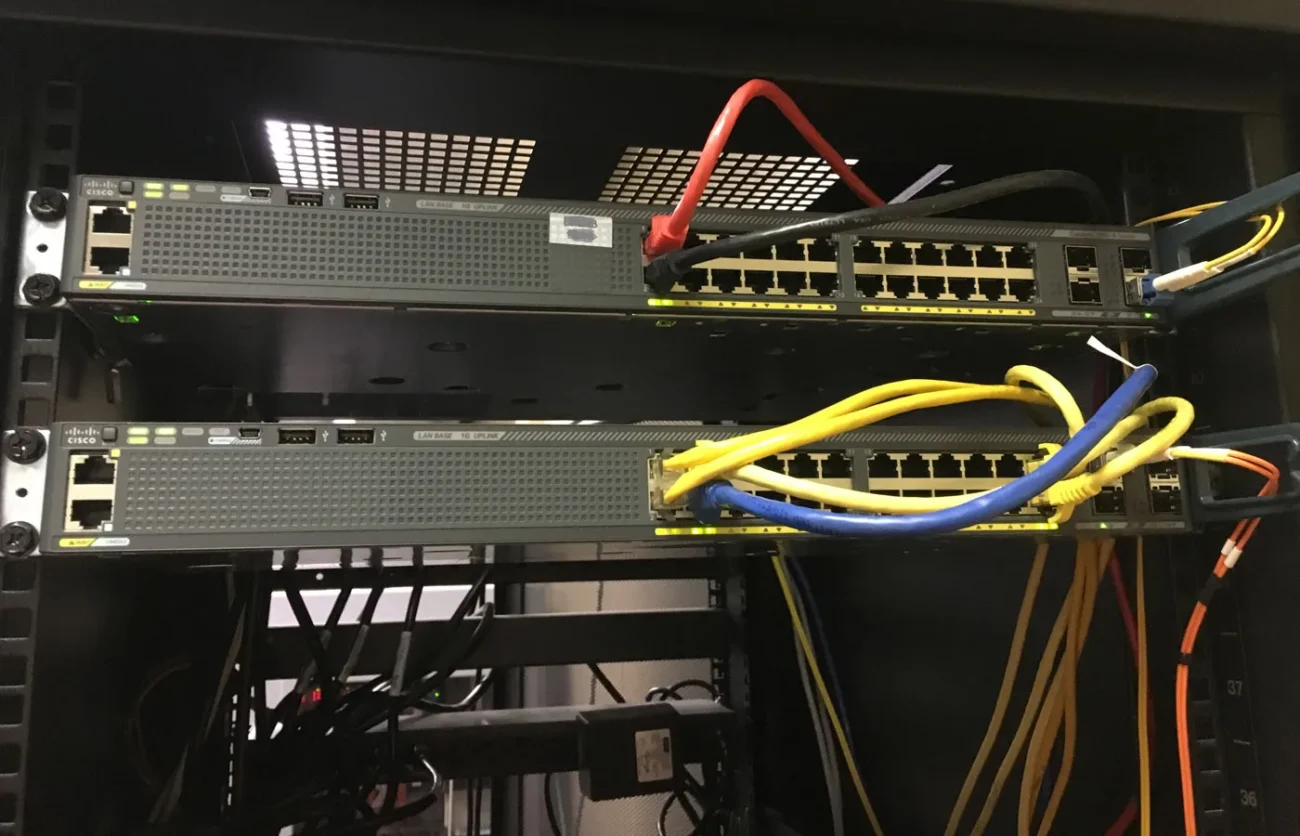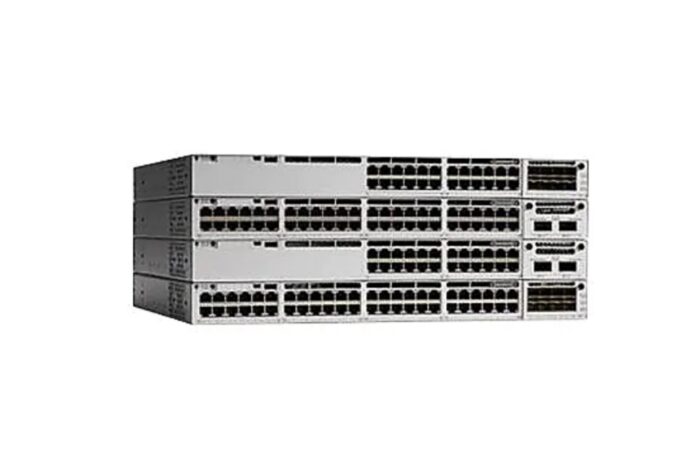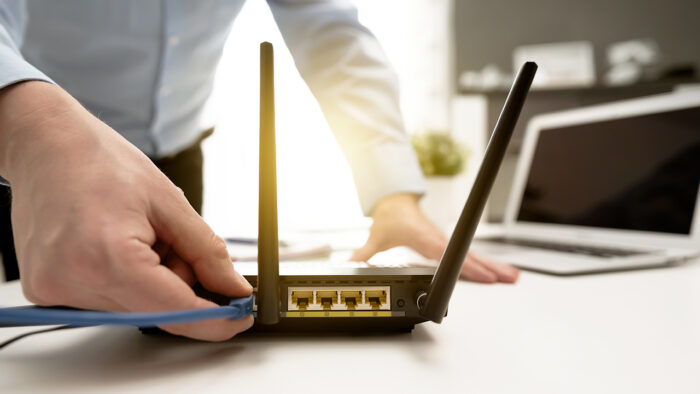
Network deployment can be a challenging task, requiring careful planning and implementation to ensure that the network functions efficiently and securely. The successful deployment of a network depends largely on the proper setup of switches, routers, and firewalls, which are the essential components. These devices serve as the backbone of the network and are responsible for routing traffic, managing connectivity, and ensuring security. In this context, it is important to have a clear understanding of how to configure these devices and to follow best practices for network deployment.
This article will provide some essential tips for setting up switches, routers, and firewalls to ensure the success of your network deployment. A crucial component of any grid infrastructure is a switch, such as a Cisco switch.

Setting up Switches
Switches are essential to grid infrastructure components that enable connectivity between devices. Here are some tips for setting up switches:
- Plan the switch deployment: Before deploying switches, identify the locations where they are needed and how they will be connected to each other and to other web devices.
- Configure VLANs: To segment network traffic, configure VLANs on the switches. This will help to increase security, improve web performance, and simplify grid management.
- Set up link aggregation: If you need more bandwidth or redundancy, set up link aggregation on the switches. This will enable you to use multiple physical links between switches or to other devices to increase bandwidth and provide redundancy.
Setting up Routers
Setting up routers is an essential component of any web infrastructure deployment. A router is a networking device that connects different grids and manages traffic between them. Properly setting up routers can ensure that grid traffic flows efficiently and securely between different grids.
When setting up routers, the first step is to identify the location of the router and how it will connect to other web components. The router must be placed in a central location that allows it to efficiently manage traffic between different webs. The router must also be connected to a power source and configured with the appropriate software.
Once the router is connected to the grid, it must be configured with the appropriate routing protocols. These protocols determine how traffic is routed between different grids and ensure that traffic flows efficiently and securely. IT professionals must also configure the router’s security settings, including access control lists and firewall policies, to ensure that the web is protected from unauthorized access.
Another important aspect of setting up routers is testing. IT professionals must test the router’s configuration to ensure that it is functioning properly and that traffic is flowing efficiently and securely. Any issues that arise during testing must be addressed promptly to ensure that the network infrastructure meets the organization’s requirements.

Setting up Firewalls
Setting up firewalls is an essential component of any web infrastructure deployment. A firewall is a networking device that controls access to the web and filters traffic based on predefined rules. Properly setting up firewalls can ensure that the network is protected from unauthorized access and that traffic flows efficiently and securely.
When setting up firewalls, the first step is to identify the location of the firewall and how it will connect to other grid components. The firewall must be placed in a central location that allows it to efficiently control access to the web. The firewall must also be connected to a power source and configured with the appropriate software.
Once the firewall is connected to the web, it must be configured with the appropriate security policies. These policies determine how traffic is filtered and what traffic is allowed to enter or leave the network. IT professionals must also configure the firewall’s intrusion detection and prevention system to ensure that the network is protected from malicious traffic.
Monitoring and Maintaining the Network
Monitoring and maintaining the network is an essential aspect of successful network deployment. Once the network is up and running, it is important to continuously monitor its performance to ensure that it is functioning optimally. This involves regularly reviewing web statistics, checking for errors and issues, and addressing any problems that arise. Additionally, regular maintenance tasks such as software updates, firmware upgrades, and hardware replacement may be necessary to keep the grid running smoothly. Keeping network security up to date is also important, as new threats and vulnerabilities can arise over time.

Regular maintenance tasks
Regular maintenance tasks are crucial for ensuring smooth operation. These tasks include software updates, firmware upgrades, hardware replacement, and backup and disaster recovery planning. Regular software updates and firmware upgrades can help address security vulnerabilities, improve performance, and add new features to network devices. Hardware replacement is necessary when equipment reaches its end-of-life or when it becomes outdated. Backup and disaster recovery planning ensures that the web can be quickly restored in the event of an outage or disaster. By performing these maintenance tasks regularly, grid administrators can reduce the risk of downtime, minimize the potential impact of security threats, and ensure the network operates optimally.
Troubleshooting network issues
Troubleshooting network issues is a critical skill for network administrators. When issues arise, it is important to quickly identify the root cause and take corrective action to minimize downtime. Troubleshooting involves gathering data about the issue, analyzing the data, and identifying potential solutions. Common web issues include connectivity problems, slow grid performance, and security breaches.

Conclusion
In conclusion, setting up switches, routers, and firewalls is a critical component of successful network deployment. By following the best practices and tips outlined in this article, network administrators can ensure that their web is configured correctly, functions efficiently, and is secure from external threats. It is important to have a clear understanding of the network architecture and to plan carefully before beginning the deployment process. Additionally, ongoing monitoring and maintenance are necessary to ensure that the web remains optimized and secure. By implementing these tips and best practices, network administrators can avoid common pitfalls and set up a robust and reliable grid infrastructure that can meet the needs of their organization.






